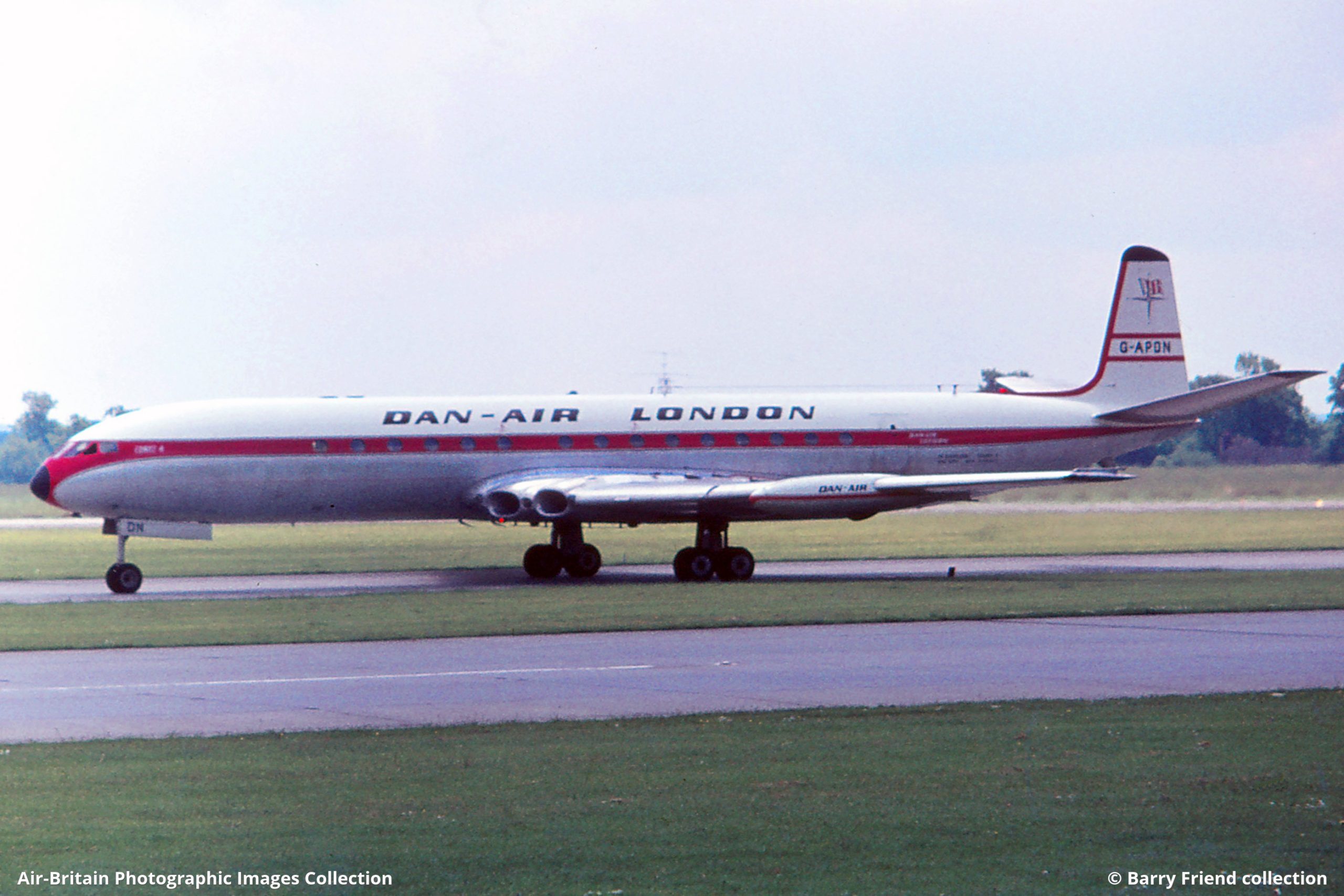London Does Not Need A Third Runway

London does not need a third runway but London Heathrow Airport (LHR) does. They have run out of runway capacity and the third runway should make the owners of Heathrow vast amounts of money. Bloomberg, a major global provider of financial news and information, called the third runway a licence to print money for the owners of Heathrow Airport.1 But who are the owners of Heathrow?
London Heathrow Airport (LHR) was privatised as part of British Airports Authority (BAA) under Thatcher’s 1986 Airports Act. Subsequently, EU competition regulations oversaw the break-up of the old BAA, and Heathrow Airport is now a stand-alone company, Heathrow Airport Holdings, and its shareholders are shown in the table below.
| Shareholder | % Owned |
| Ferrovial – Spanish Construction Company | 25.00% |
| Qatar’s Sovereign Investment Fund | 20.00% |
| Caisse de dépôt et placement du Quebec- Pension Fund | 12.62% |
| Government of Singapore Investment Corporation | 11.20% |
| Alinda Capital Partners – Registered in Cayman Isles | 11.18% |
| China Investment Corporation | 10.00% |
| UK Universities Superannuation Scheme | 10.00% |
Spending £14 billion to build a third runway at London Heathrow Airport (LHR) is a very expensive and risky solution to the lack of runway capacity at LHR. It assumes the £14 billion estimated cost doesn’t increase over the next years, which is highly unlikely as most large scale projects in the UK are often delayed and/or over budget. And while the taxpayer will not have to pick up the bill for being over budget; future airline passengers will pick up the bill by Heathrow increasing airline charges.
British Airways (BA) is Heathrow’s main user, operating some 50% of the flights in and out of Heathrow. Willie Walsh, the Chief Executive Officer (CEO) of International Aviation Group (IAG), the owners of British Airways, has made his views clear. He told the House of Commons Transport Select Committee that he did not believe that Heathrow airport could build the third runway on time or within budget.2
LHR is often described as a hub airport; one where passengers transfer from one flight to another; so a passenger flying from Amsterdam (AMS) to Cape Town (CPT) via London (LHR) is using LHR as a hub.
Heathrow is the UK’s only real hub-airport and competes with the major airports at other European cities such as Paris, Frankfurt, Amsterdam & Madrid for passengers whose journeys have originated from all over the world.
However, if a passenger flies from Amsterdam (AMS) and their journey ends at Heathrow (LHR) then they have flown point to point.
This creates an interesting question. Is it technically possible to split out the point to point traffic from the hub traffic flying from and into Heathrow? The answer is yes and, in principle, enough point to point traffic could be transferred from LHR to other London airports and this would negate the need to build a third runway at LHR.
There are six London Airports, Heathrow (LHR), Gatwick (LGW), Stansted (STN), Luton (LTN), London City (LCY) and Southend (SEN). In 2017 their passenger numbers were London Heathrow (LHR) 78 million, London Gatwick (LGW) 46 million, London Stansted (STN) 26 million, London Luton (LTN) 16 million, London City (LCY) 5 million and London Southend (SEN) 1 million.
The other five airports have varying amounts of runway availability and if we treat runway availability for London as a whole there is no need for a third runway. Gatwick operates at nearly 90% runway capacity whilst Stansted and Luton are currently operating at about 50% of runway capacity and Southend has a theoretical capacity of 15 million passengers per year.3 London City is not included in this calculation as there are concerns about noise from the local community.
Heathrow’s 78 million passengers a year are split with 52 million being point to point and 26 million (37%) using Heathrow as a hub.4 Some 30 million passengers now using LHR for point to point travel could be accommodated at other London airports; totally negating the need for a third runway at Heathrow for a long, long time.
Heathrow will pay to build the runway but British taxpayers will pick up the bill for the surface transport and the other infrastructure necessary. The New Economics Foundation5 makes the case that the cost of the third runway could outweigh the economic benefits by at least £2.2 billion.
Why haven’t I mentioned anything about air pollution, global warming, climate change etc? Simply the government and the small wealthy privileged clique who expect to gain financially from the third runway do not understand that their wealth will not allow them and their descendants to avoid the ravages of global warming.
Maybe, they and the Government will realise in time that building the third runway could be a financial disaster and it is better to spread the flying around the London airports with spare runway capacity.
1https://www.bloomberg.com/view/articles/2018-06-26/heathrow-s-18-5-billion-license-to-print-money
2https://news.sky.com/story/iag-boss-willie-walsh-slams-14bn-plan-to-expand-heathrow-11417526
4https://your.heathrow.com/what-makes-a-hub-airport/
5https://neweconomics.org/2018/03/deliberately-misleading







 Visit Today : 61
Visit Today : 61 Visit Yesterday : 136
Visit Yesterday : 136 This Month : 4922
This Month : 4922